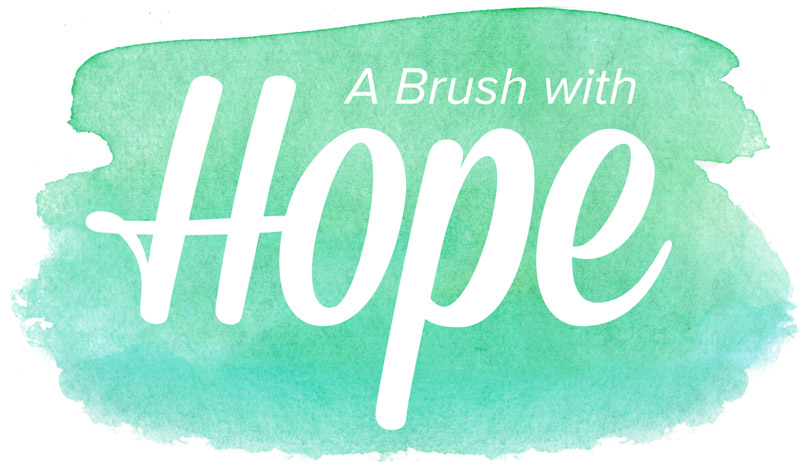How to prepare for your first art therapy session
What if I told you that a box of crayons may be enough to help unlock your creative self?
With the help of an art therapist by your side it can be.
It can be helpful to know that even if you don’t have a lot of art materials on hand or even if you don’t have experience with art making you can still benefit from art therapy.
Here are a few things to know to help prepare for your first art therapy session.
1. Come as you are.
You first session is treated like an initial meeting with your art therapist. History will be gathered as well as treatment paperwork. Treatment goals will be discussed. This may be done in person or via zoom or another hipaa compliant telehealth way.
2. Set up.
You will want to think about where you want to meet with your therapist. You will need a quiet place that is confidential and without distractions. A good secure internet connection is important. A flat space to work and lay out a few materials is also helpful.
3. Materials.
Your art therapist will explore your experience with art and materials for future sessions. What types of materials are you drawn to or more intimidated by? Were your creative abilities nurtured or injured at different points in your life? What kind of materials do you already have on had or do you have access to.
4. Process.
Your therapist may ask you to grab some markers, pens, or crayons to engage in an art process or a directive. Your therapist may also work while you are working. Don’t worry too much about what you make, anything is ok.
5. Reflection.
After creating, your therapist may ask you to reflect on your process and what it was like to create it. They may also check in with you on how you are feeling and what insights you have gained.
6. Closing and planning.
You may explore together what you would like to work on in the next session as well as treatment goals. Your therapist may suggest some homework, such as keeping a visual journal, to encouraged you to self reflect between sessions.
I hope that this helps you to understand what an initial art therapy session normally looks like and how it lays the groundwork for future sessions.
Look out for my next post on basic materials that can enhance the art therapy process.
